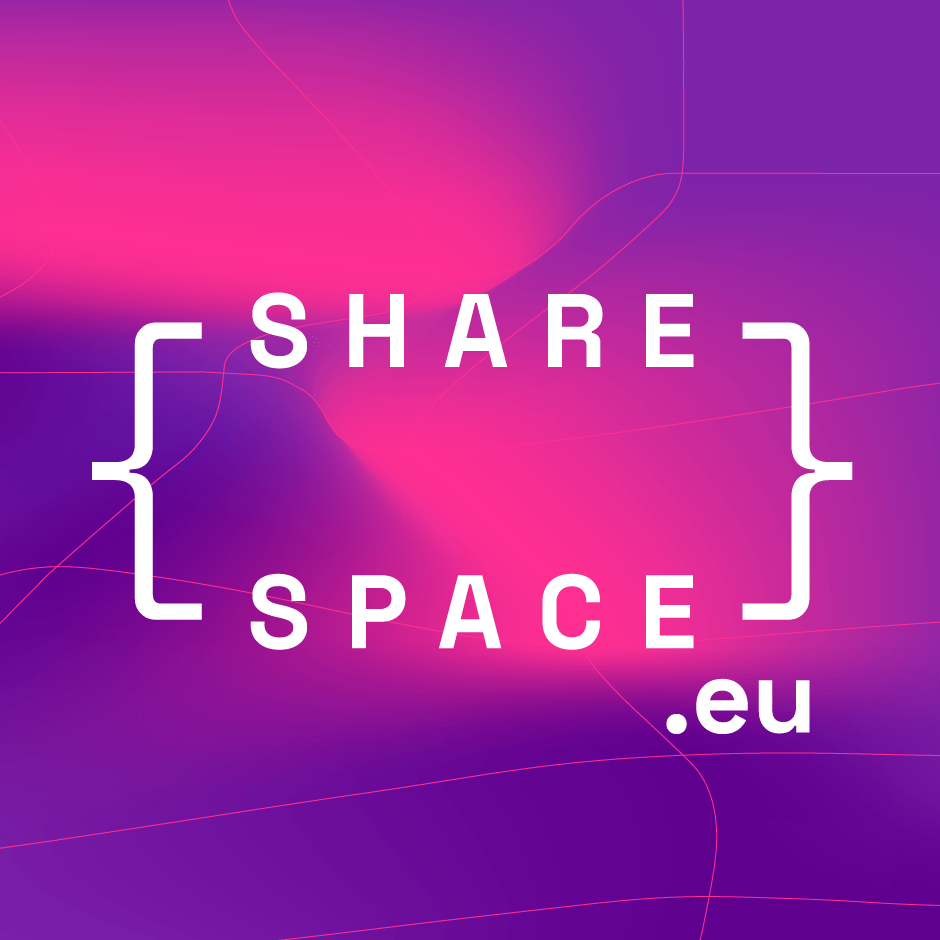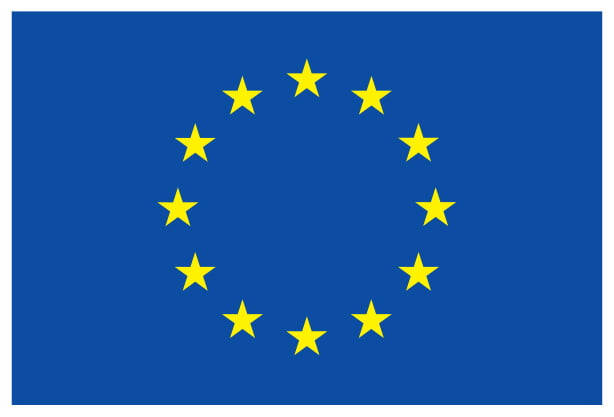
Lightspace Technologies – a deep-tech SME founded in 2014 with headquarters and main R&D activities established within Marupe, Latvia. Currently the main focus of Lightspace concerns development and commercialization of next-generation near-eye display technologies – augmented and virtual reality head-worn 3D displays.
Historically the origins of Lightspace are associated with solid-state volumetric 3D screens – a glasses-free direct-view 3D display technology. During initial years core competences and key-enabling technology – a fast switching optical diffuser element was developed laying a foundation for a unique volumetric 3D screen.
Starting with 2019 the core screen technology was miniaturized and first virtual reality head-mounted display concept device created. Upon successful validation of the approach, following years were spent iterating the concept until a multi-focal augmented reality head-mounted display was derived. With this, the viability of next-gen display technologies was proven in full.
Lightspace won’t stop and are actively researching ways of bringing multi-focal technology to masses. On one hand, this work involves popularization of the technology through various means – including use-case demonstrations. On the other hand, through R&D effort headsets are made smaller, lighter, energy efficient, while bringing the costs down.
An integral part of Lightspace’s actions is the work on the software development kit and means to alleviate 3D digital content and application creation – compatible with multi-focal hardware. Already development actions can be carried out in Unity – one of the most widely known and used game engines, with work being in the finishing phase on the support of other environments – such as Unreal engine.
Within the SHARSPACE Lightspace is joining forces with project partners to derive an even more human-centric display hardware – integrating dedicated eye and facial expression tracking technologies enabling meaningful and immersive interpersonal communication in digital and mixed domains.
Project members
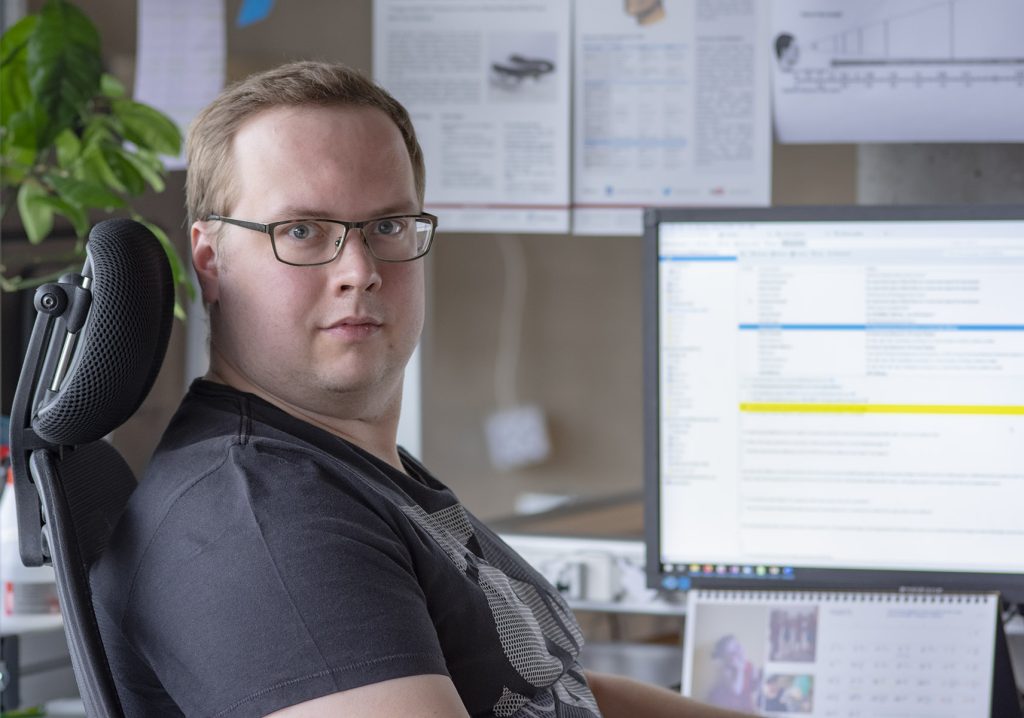
Kriss Osmanis
CTO
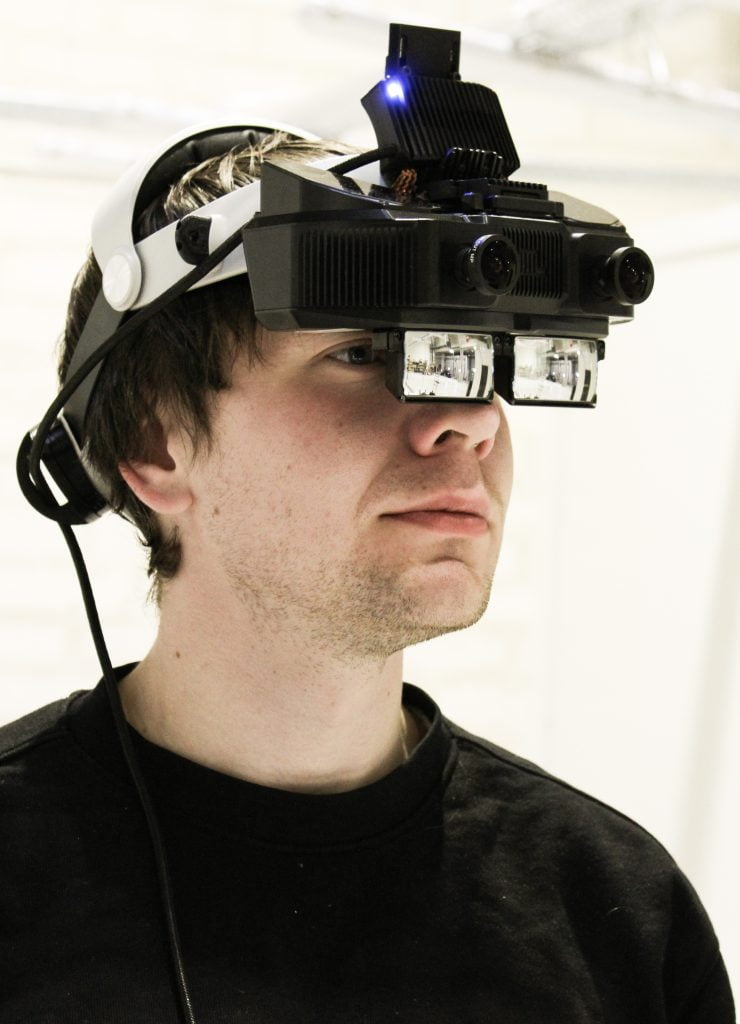
Kristians Slics
Leading researcher in machine vision and spatial computation
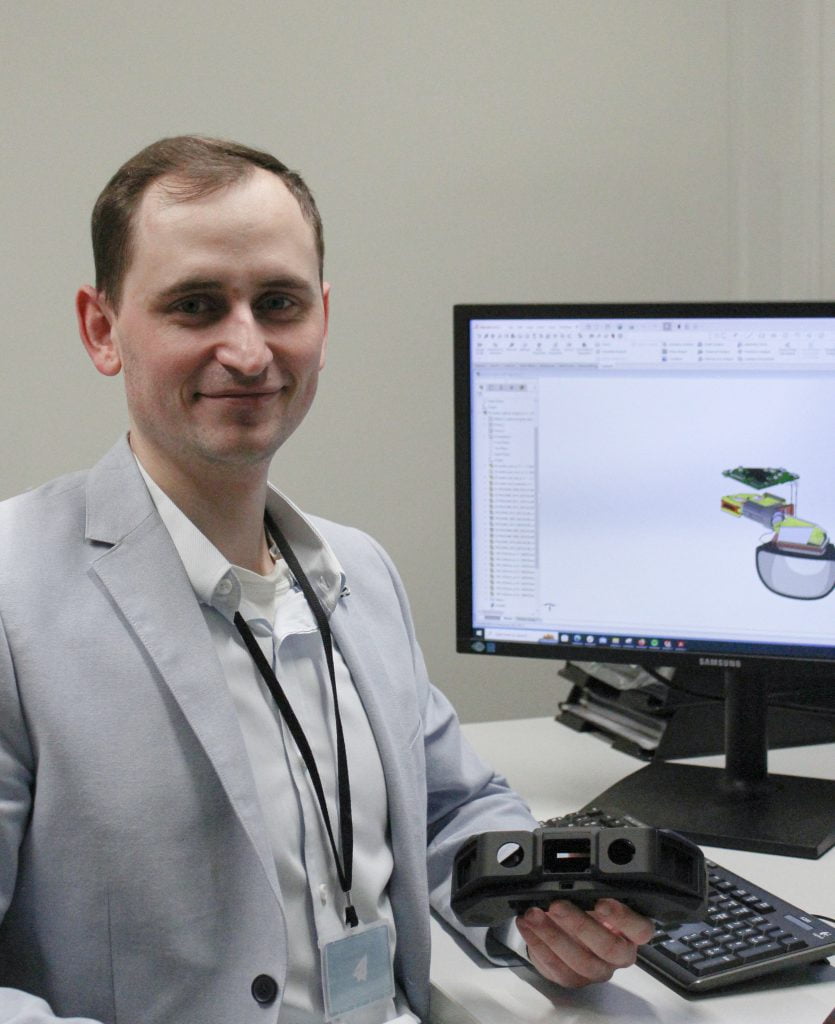
Armands Šmaukstelis
Senior optomechanics engineer
